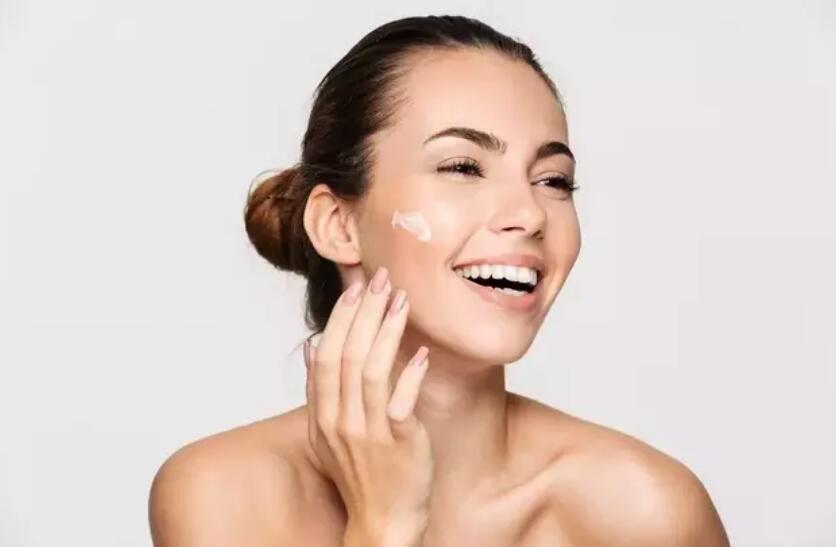Application of Titanium Dioxide in Sunscreen Products
Ultraviolet rays are a kind of light waves that are harmful to the human body. Excessive exposure to ultraviolet rays will not only cause skin redness, heat, aging, and sagging, but also the risk of skin cancer. In recent years, as people's awareness of the harm of ultraviolet rays and the awareness of beauty have increased, the research and production of sunscreen cosmetics have been increased at home and abroad. So in this article, let's take a look at the application of titanium dioxide in sunscreen products.

Titanium Dioxide in Sunscreen Products
In the past, sunscreens were mostly organic compounds such as benzophenones, salicylates, p-aminobenzoic acids, cinnamates, etc., but these compounds are poor instability and have certain toxicity and irritation. If you add too much, it is easy to produce chemical allergies and may even induce skin cancer. But nano-titanium dioxide has gradually become the mainstream sunscreen on the market due to its superior performance.
Nano-titanium dioxide is an inorganic component, which has excellent chemical stability, thermal stability, strong decoloring power, and hiding power, and has low corrosiveness, good dispersibility, and is non-toxic, odorless, and non-irritating. It is safe to use and has the function of sterilization and deodorization.
According to different wavelengths, ultraviolet light can be divided into shortwave, medium, and longwave regions. Ultraviolet rays in the short-wave region have the highest energy but have been blocked by the ozone layer. Therefore, the ultraviolet rays in the medium-wave and long-wave regions are generally harmful to the human body.
Due to its small particle size and large activity, nano-titanium dioxide can not only absorb ultraviolet rays, but also emit and scatter ultraviolet rays, so that it has the ability to block ultraviolet rays in the medium wave region and the longwave region, and the effect is very good.
In addition, due to the finer nano-titanium dioxide particles, the finished product has high transparency. When added to sunscreen cosmetics, the whiteness of the skin is natural and closer to the color of the skin. Because of this, nano-titanium dioxide is widely favored by cosmetics formulators and gradually replaces some organic anti-ultraviolet agents, with excellent development momentum and market potential.
Conclusion
Thank you for reading our article and we hope it can help you to have a better understanding of the application of titanium dioxide in sunscreen products. If you want to know more about titanium and titanium dioxide, we would like to advise you to visit Stanford Advanced Materials (SAM) for more information.
Stanford Advanced Materials (SAM) is a worldwide supplier of titanium dioxide and has over two decades of experience in the manufacture and sale of titanium and titanium dioxide, providing high-quality titanium products to meet our customers' R&D and production needs. As such, we are confident that SAM will be your favorite titanium product supplier and business partner.









